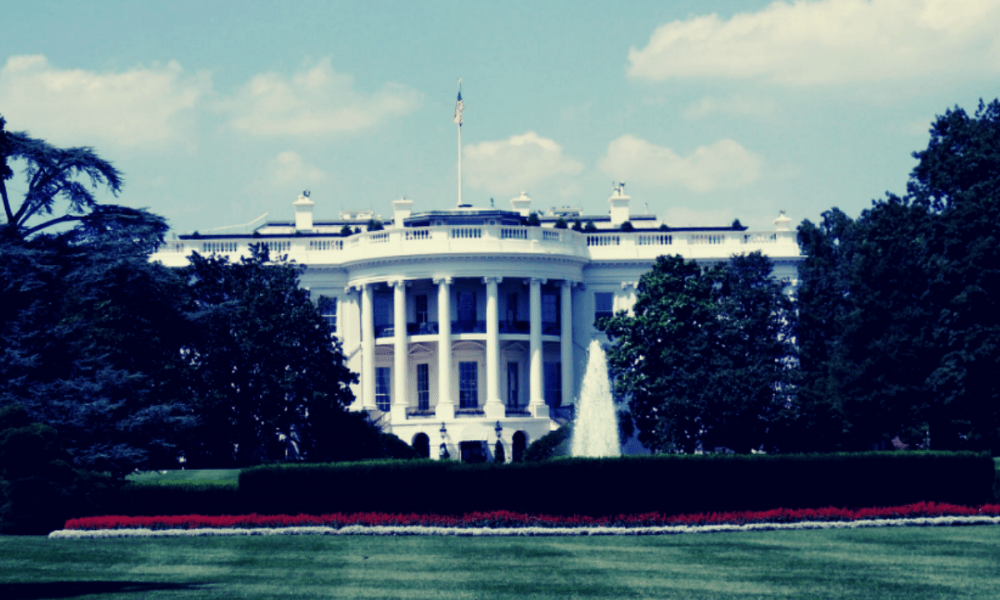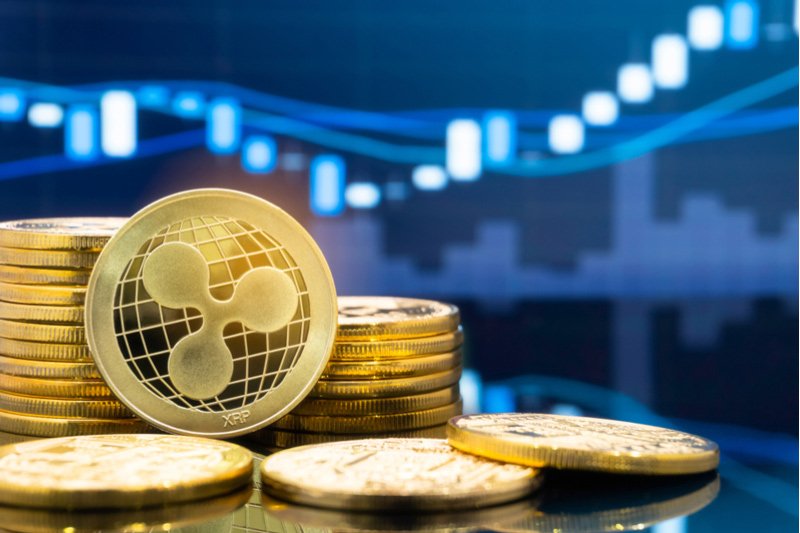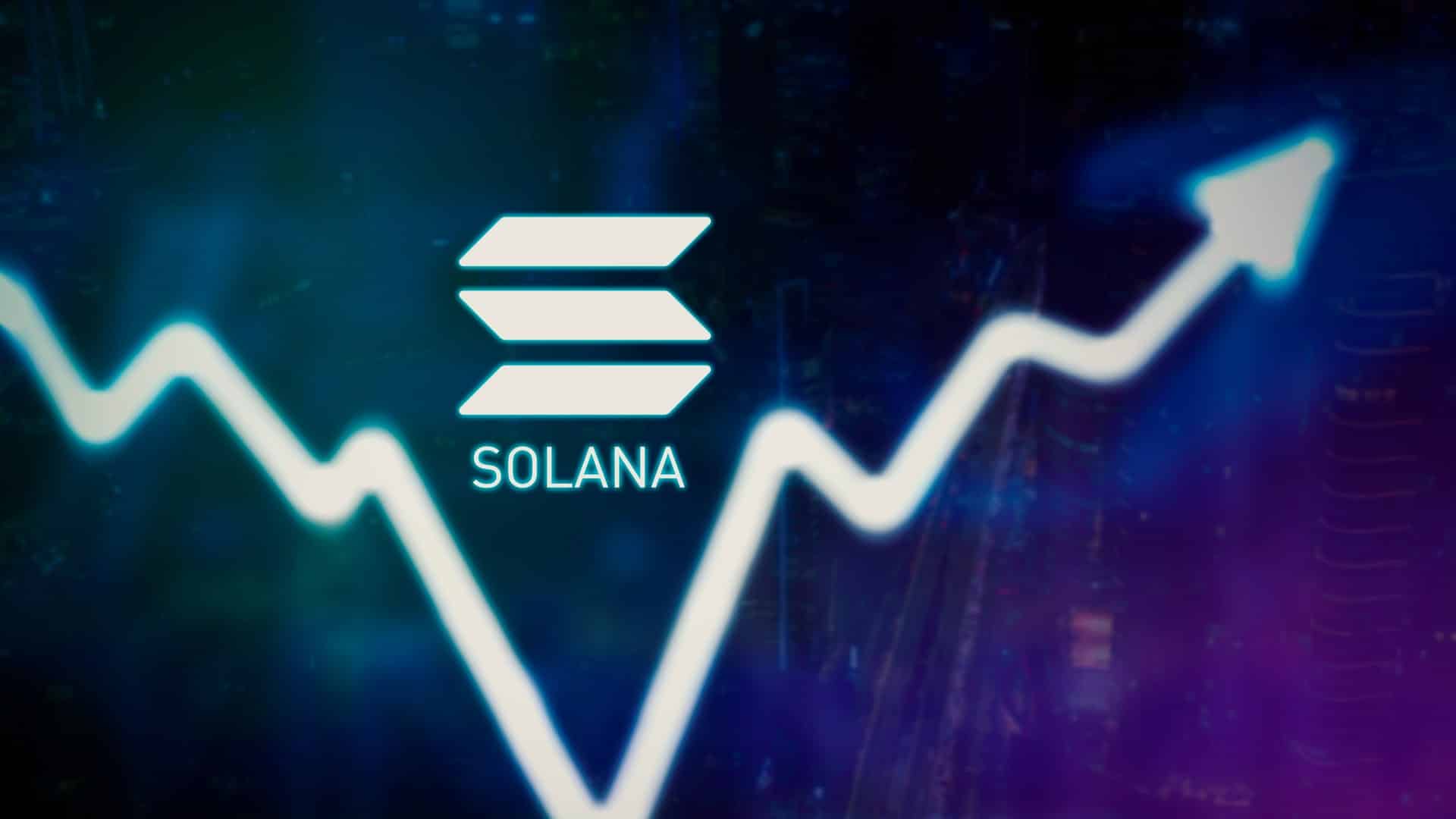After a “rebound” in the digital asset market, technology and crypto companies, as well as the state of Wyoming, have launched new stablecoins. However, industry experts warn that these tokens may not be as useful as they seem. Moreover, many could face challenges in surviving in a competitive sector dominated by Tether’s USDT and Circle’s USDC stablecoins.
A Wave of new stablecoins – Multiple players enter the market
In recent months, various entities have introduced their own stablecoins. These new market entries reflect the growing interest in capitalizing on the recovery of digital assets.
The wave began with Paxos International, which launched the Lift Dollar (USDL) on June 5, 2024. Initially aimed at the Argentine market, the USDL offers a yield of around 5%, targeting users interested in stable investment options.
Following this, in August, Mercado Libre introduced its stablecoin MELI. Integrated with its platform Mercado Pago, MELI is a dollar-denominated stablecoin designed to enhance blockchain adoption. It eliminates transaction fees for users and imposes a 1.5% fee on other digital assets.
Also in August, Banking Circle launched EURI, a bank-backed stablecoin compliant with the Markets in Crypto-Assets Regulation (MiCA).
Wyoming also announced plans to issue a state-backed stablecoin, expected to launch in 2025. It will be backed by U.S. Treasury bonds and repurchase agreements.
This wave of stablecoin launches is taking place amid a recovery in the digital asset market, now boasting a record $170.8 billion in circulation.
These assets, designed to maintain a stable value by being pegged to a reserve currency, promise efficient trading between crypto assets and the potential transformation of everyday payments.
USDT Dominance, regulatory challenges, and limited utility present hurdles

Despite the excitement, critics argue that many of these new stablecoins lack distinctive features that would attract users away from established leaders like USDT and USDC.
USDT continues to dominate with nearly 70% ($118.2 billion) of the market value, while USDC holds a substantial market capitalization of $35 billion.
The primary criticism revolves around the limited utility of the new stablecoins, which are predominantly used for crypto trading rather than everyday transactions. They are often described as a “trendy asset” that some find useful, but many simply value for their equivalence to digital cash.
Moreover, issuers of new stablecoins face the significant hurdle of regulatory compliance. Securing approval across various jurisdictions is crucial to gaining institutional trust and widespread adoption, akin to the reputation Tether and Circle enjoy.
While new entrants like Mercado Libre and Banking Circle emphasize their commitment to regulation as a differentiator, without strong regulatory frameworks and broad institutional backing, these stablecoins will struggle to achieve the level of utility and acceptance enjoyed by established players.
The success of these new launches will depend on their ability to offer unique features, navigate complex regulatory requirements, and gain adoption beyond crypto trading.
- Bonk Price Analysis – November 19, 2024: Bark or Bite? - November 19, 2024
- CEO Ripple Labs Criticized for Promoting XRP and CBDCs in Alleged Meeting with Trump - November 18, 2024
- Pepe Price Analysis 18/11/2024: The Amphibian Chronicles - November 18, 2024























